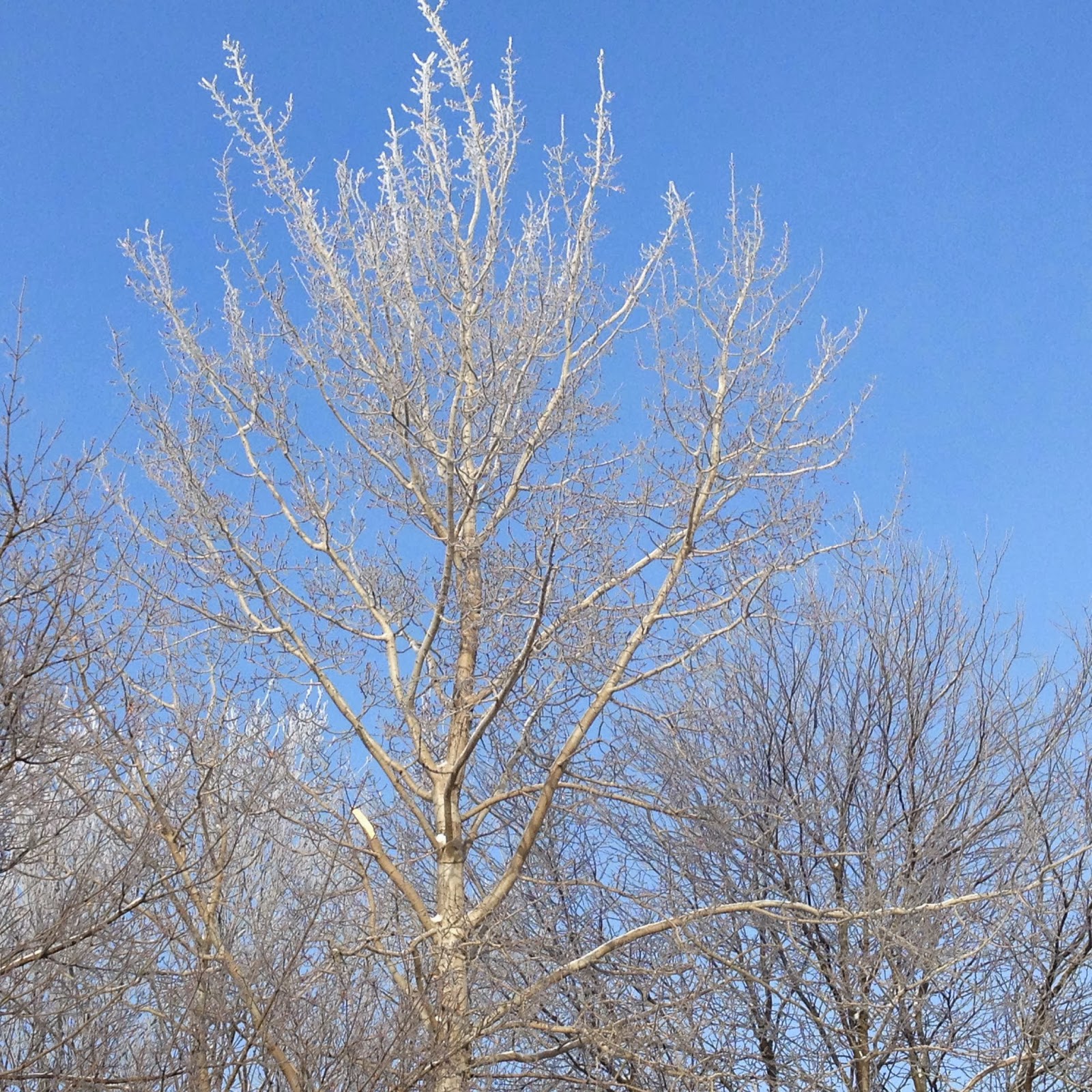To dye with weak acid dyes, those that are available commercially to home dyers, you need not only the dye, but salt and a weak acid. Some dyes, like Gaywool, have the acid integrated with the colour. While this is handy, you pay for the convenience of having it all in one little pot. Salt is a leveling agent, to help the dyes strike completely. However, you can't use too much it it works to retard the dye take up. The weak acids used, like vinegar or citric acid, are fixatives, which drop the ph needed for the dyes to work on protein fibres.
Dharma has a good page on the chemical whys of acid dyes. For simplicity, I used vinegar in this dye pot, because it's easily and cheaply available in grocery stores.
 |
| 50 mls of household white vinegar |
To start with you need to do the math. You first need the weight of fibre or goods (WOG) that you wish to dye. Salt is used at 20% of the weight of the fibre (WOG) you'll be dyeing and regular grocery store vinegar (5%/volume) is used at 33% WOG.
The math is -
WOG x .2 = grams of salt to be used
150 x .2 = 30 grams of salt
WOG x .33 = mls of vinegar to be used
150 x .33 = 49. 5 rounded up to 50 mls vinegar
You can be really accurate with your measurements, using every day kitchen measuring tools. A tablespoon measure holds 15 mls. I grabbed a measuring cup which holds 80 mls. Half of it would be 40 mls and then I added 2 more teaspoons (5 mls each). I weighed the salt on a scale.

Fill a pot with water. I like to start with lukewarm water. Add the vinegar and salt. Stir well so that the ingredients are combined and the salt dissolved.
Take the previously weighed sliver and set it in the water to soak for about an hour. This will aid in even dye take up. You can gently press it into the water if necessary but avoid any stirring or agitation.
While the fibre is soaking, if you need to, you can mix up your dye solution. I used a 1% solution, which is 1 gram of dye/ 100 mls of water. Follow the mixing instructions with your particular dyes. Most dyes will dissolve more easily in hot water than cold, so keep that in mind. Use appropriate safety measures too, like gloves, mask etc.
When the fibre is soaked and ready to go, drizzle the chosen dyes over the fibre. You can measure

this accurately to be able to reproduce your results, or just pour a little over and keep your fingers crossed. The colours will start to bleed together and blend. I usually gently pressed down on the fibres to help the colours reach the bottom of the pot. It's not always necessary, but 150 grams of fibre is just a tad too much for this pot, so I like to gently help it along. 100 gms of fibre wouldn't have needed it, but I might have done it anyway, if it didn't mix the colours more than I wanted.
Set the pot on the stove, turn the stove on somewhere between low

and medium. Add a thermometer. Some care has to be taken here. If you let the fibre boil, it will compact or possibly felt up. However you need to keep the dye vat at 185°F or 85°C for an hour. That means timing from when the pot gets to that temperature, not before. This will make sure the acid dyes are as light and wash fast as they can be. Even if the pot exhausts of colour before that hour is up, keep it cooking for the whole hour. I then turn off the stove and I stick a lid on the pot and let it cool to room temperature, slowly.

No stirring, no rinsing before that fibre is cold. Remember that felting is caused by temperature changes and/or agitation. Once the fibre is cooled off, pour off as much water as you can, then put the fibre into a rinse bath of plain water, which is the same temperature of the fibre. Do NOT squeeze, wring or agitate the fibre. I use a cheap salad spinner to extract the water. It doesn't seem to cause the fibre to compact like rolling it in a towel or squeezing it does.
Lay the fibre out to dry. I like my laundry rack, which really is mainly used to dry fibre. I lay a piece
of fibre glass window screen over it and then the fibre on top of it. This way, air gets to all sides, but it can't be accessed by a certain young cat, who thinks that all fibre in the house should be his.
Note: If you're after a solid, even colour, you'll have to gently turn the fibre in the pot once in a while at the beginning of the processes, to allow the dye to reach all crooks and crannies of the fibre evenly. Since I wanted some variation, I didn't do that.
 Let me tell you that there sure is a lot of knitting in a knee sock! It seems like it's taking forever. I'm finally half done the foot of the first sock. Phew... At this rate, I might have them done by next Christmas.
Let me tell you that there sure is a lot of knitting in a knee sock! It seems like it's taking forever. I'm finally half done the foot of the first sock. Phew... At this rate, I might have them done by next Christmas. 












